Noir City at the American Cinematheque’s Egyptian Theatre wraps up this weekend with a first-rate slate of films. Tonight is the Dashiell Hammett double feature, starting with the 1931 (pre-code) version of “The Maltese Falcon,” starring Ricardo Cortez and Bebe Daniels, directed by Roy Del Ruth. In “City Streets” (1931, Rouben Mamoulian) a young Gary Cooper goes crooked in order to free his love (Sylvia Sidney) from prison. It should be great looking, given that the cinematographer is Lee Garmes.
The Saturday matinee is the noir classic “The Postman Always Rings Twice” (1946, Tay Garnett), starring Lana Turner as one of the all-time best femmes fatales opposite a smoldering John Garfield; based on James M. Cain’s novel. Before the film, Denise Hamilton, noir novelist and editor of the Edgar-winning Los Angeles Noir short story anthologies, will discuss the genesis of film noir and the cross-pollination between Hollywood and its noir bards.
Saturday night is a terrific pick: two films from the underrated director Jean Negulesco. First, “Three Strangers” (1946) tells the cynical tale of a trio bonded by fate and a winning lottery ticket: Sydney Greenstreet, Peter Lorre and Geraldine Fitzgerald. To read more about this film, I recommend this piece by my friend, writer/producer Barry Grey.
Fitzgerald also stars in 1946’s “Nobody Lives Forever,” scripted by W. R. Burnett. Here, she’s a war widow getting conned by scheming ex-GI John Garfield. There will be a discussion between films with Fitzgerald’s son, Michael Lindsay-Hogg. At 6:30 p.m., in the Egyptian lobby, Lindsay-Hogg will sign his book “Luck and Circumstance: A Coming of Age in Hollywood, New York, and Points Beyond.”
Next up is the Sunday matinee: “Circumstantial Evidence” (1945, John Larkin) a father-son noir starring Lloyd Nolan and Michael O’Shea. This will pair with “Sign of the Ram” (1948, John Sturges).
Says the program: This unusual film was fashioned as a vehicle for star Susan Peters, who plays a sociopathic, paraplegic matriarch bent on destroying her family. Peters, injured the year before in a hunting accident, gives a remarkable performance – all the more haunting for the fact that her paralysis is real. Hitchcock collaborator Charles Bennett wrote the screenplay.
And closing the fest is a special appearance by actress Marsha Hunt. The films shown are an ultra-rare B, “Mary Ryan, Detective” (1949, Abby Berlin), and “Kid Glove Killer” (1942, Fred Zinnemann) in which Hunt plays a police forensics expert juggling a cop (Van Heflin) and a gangster (Lee Bowman). Scripted by John C. Higgins, “Kid Glove Killer” is Zinnemann’s feature film debut. Ava Gardner plays a car hop.
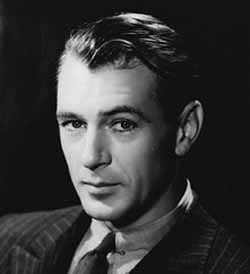

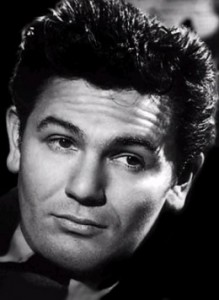
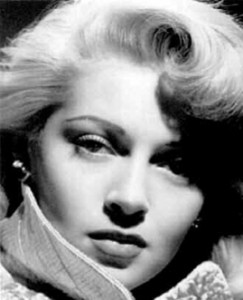
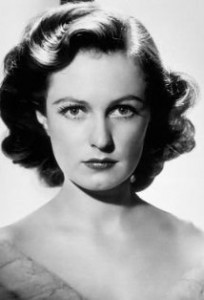
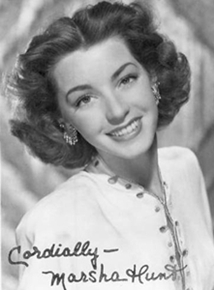





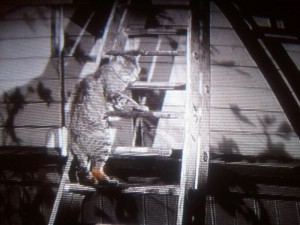
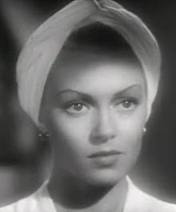
![JOAN_FB_PIC[1]](http://www.filmnoirblonde.com/wp-content/uploads/2011/01/JOAN_FB_PIC11.jpg)
![coty_airspun_face_powder_final[1]](http://www.filmnoirblonde.com/wp-content/uploads/2011/01/coty_airspun_face_powder_final1-300x277.jpg)





From FNB readers